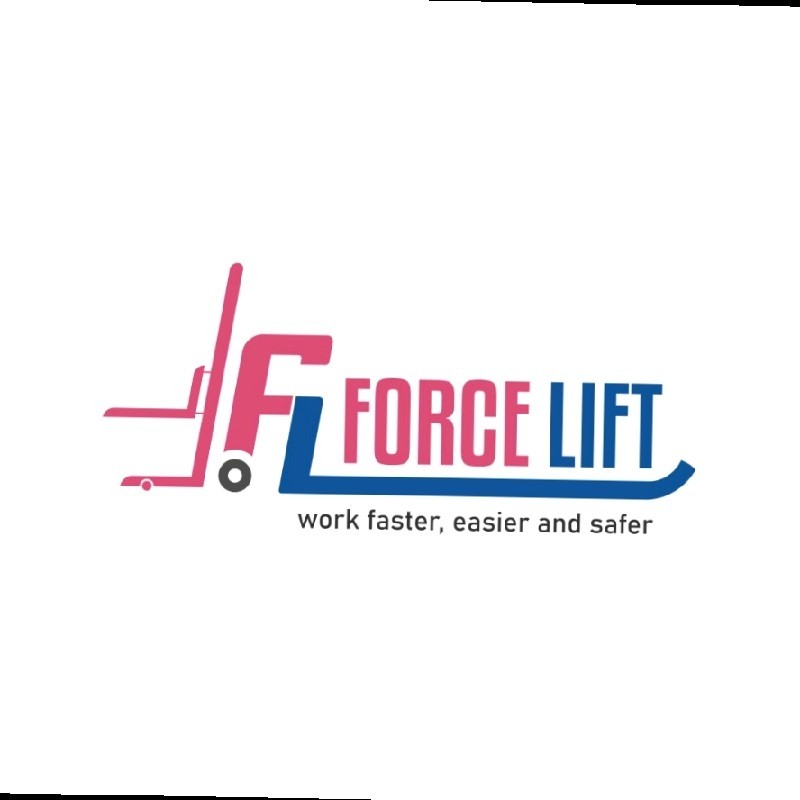A hydraulic crane lift is an essential piece of equipment widely used in industries such as construction, transportation, logistics, and manufacturing. The hydraulic mechanism allows cranes to lift, move, and lower heavy objects with precision and efficiency. For companies needing to handle large, bulky materials, a hydraulic crane lift offers both flexibility and strength. Below is an overview of hydraulic crane lift manufacturers and the key aspects of this field.
Overview of Hydraulic Crane Lift Manufacturers
Hydraulic crane lift manufacturers play a crucial role in delivering safe, reliable, and innovative equipment to various industries. These manufacturers design cranes capable of handling different weights and volumes, depending on the application. They integrate hydraulic systems to ensure the cranes can generate immense lifting power with minimal energy consumption.
-
Types of Hydraulic Crane Lifts:
- Mobile Cranes: Used for temporary work and can be transported to different job sites. They are popular in construction and road-building projects.
- Tower Cranes: Typically used in high-rise building construction and can handle extreme weights at significant heights.
- Overhead Cranes: Installed in factories and industrial facilities for transporting materials along fixed paths.
- Truck-Mounted Cranes: Integrated onto trucks for mobility and used in logistics or recovery services.
-
Design and Technology:
Hydraulic cranes are designed using advanced engineering principles that incorporate the hydraulic mechanism. The hydraulic system utilizes fluid power—typically oil—to generate the force required for lifting. As the hydraulic fluid is pressurized, it moves the crane's pistons, allowing the boom to raise, lower, or extend. This technology is advantageous due to its precision, durability, and the ability to lift incredibly heavy loads while maintaining control. -
Key Features of Hydraulic Cranes:
- Heavy Load Handling: Hydraulic systems can generate significant lifting force, making these cranes capable of handling loads from a few hundred kilograms to several tons.
- Smooth Operation: The hydraulic system provides a smooth lifting action, reducing the risk of sudden jerks that can destabilize the load or cause accidents.
- Compact Design: Many hydraulic cranes are designed to be compact, especially mobile versions, which allows them to operate in confined spaces.
- Safety Systems: Modern hydraulic crane lifts are equipped with safety features such as overload protection, stability systems, and automated monitoring to prevent accidents and ensure safe operation.
-
Top Manufacturers of Hydraulic Crane Lifts:
- Liebherr Group: A leading manufacturer known for producing mobile cranes, tower cranes, and heavy-duty hydraulic systems. Liebherr is synonymous with quality and innovation.
- Terex Corporation: Specializing in construction and material handling equipment, Terex is a major player in hydraulic crane manufacturing.
- Tadano: Tadano is known for its mobile hydraulic cranes and equipment for lifting in industrial environments.
- XCMG: One of the largest manufacturers from China, XCMG offers a broad range of hydraulic cranes for various industries.
- Konecranes: Specializing in overhead cranes, Konecranes produces hydraulic lifts that are often integrated into factories and industrial setups.
-
Applications in Various Industries:
- Construction: Hydraulic crane lifts are indispensable for moving heavy construction materials such as steel beams, concrete slabs, and prefabricated components.
- Transportation and Logistics: They are used in ports and shipping yards to load and unload cargo, including containers, vehicles, and bulk materials.
- Manufacturing: Factories use overhead hydraulic cranes to transport raw materials and products along the production line.
- Mining and Energy: Hydraulic cranes are employed for moving heavy machinery, equipment, and extracted materials in mining and energy industries.
-
Customization and After-Sales Support:
Many manufacturers offer customized crane solutions to meet specific industry needs. From adjusting lifting capacity to providing specialized attachments (e.g., grapples, hooks, or buckets), manufacturers work closely with clients to design the most suitable hydraulic crane systems. Furthermore, after-sales support, such as maintenance, spare parts supply, and training, is critical to ensure long-term reliability and safety.
Conclusion
Hydraulic crane lift manufacturers are pivotal in supporting various heavy industries by providing efficient and reliable lifting solutions. The use of hydraulic technology allows cranes to handle massive loads with precision, contributing to the success of complex construction, logistics, and manufacturing operations. Major manufacturers such as Liebherr, Tadano, and Terex lead the industry with innovative designs, safety features, and a commitment to engineering excellence.

